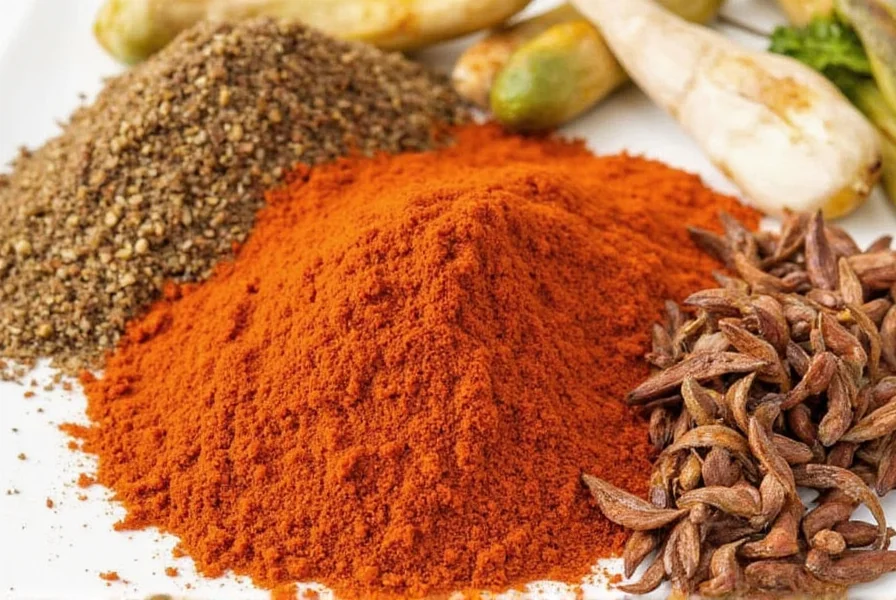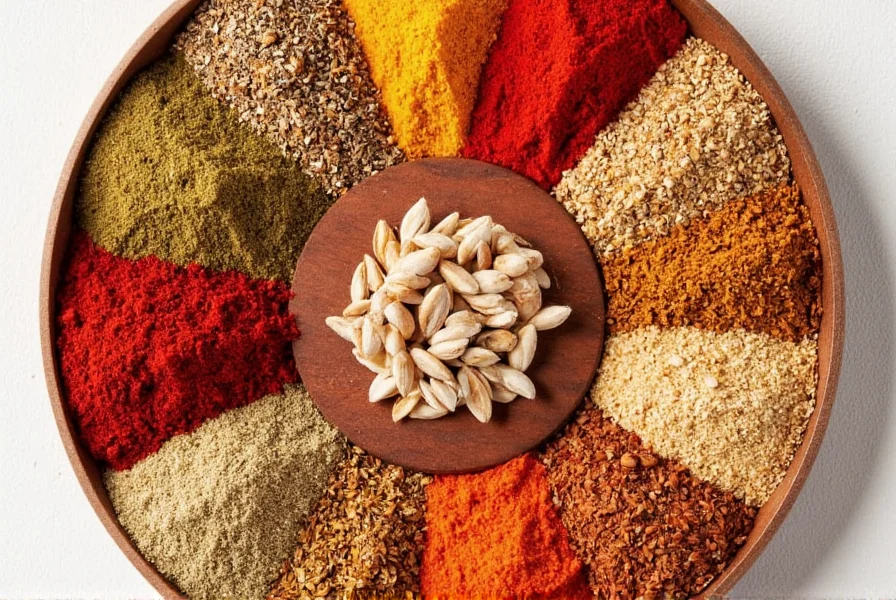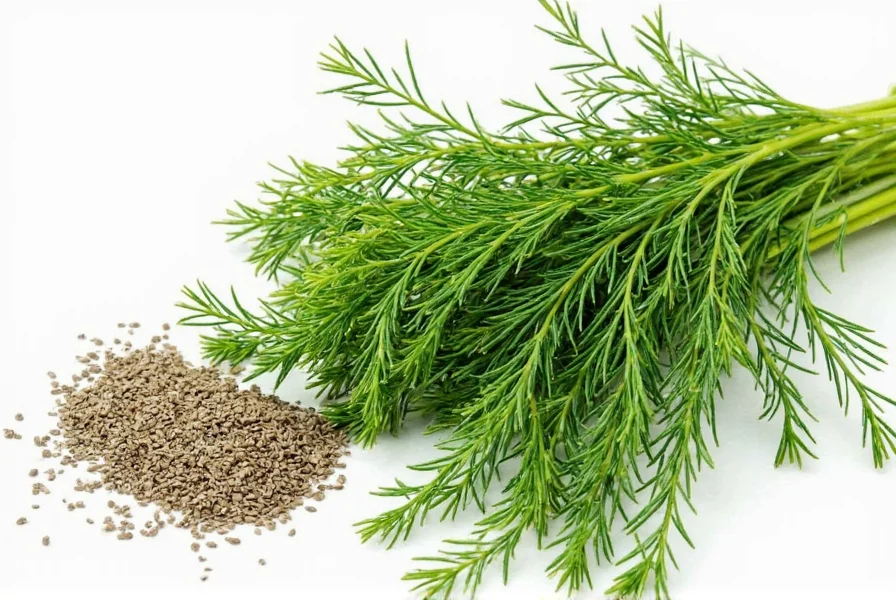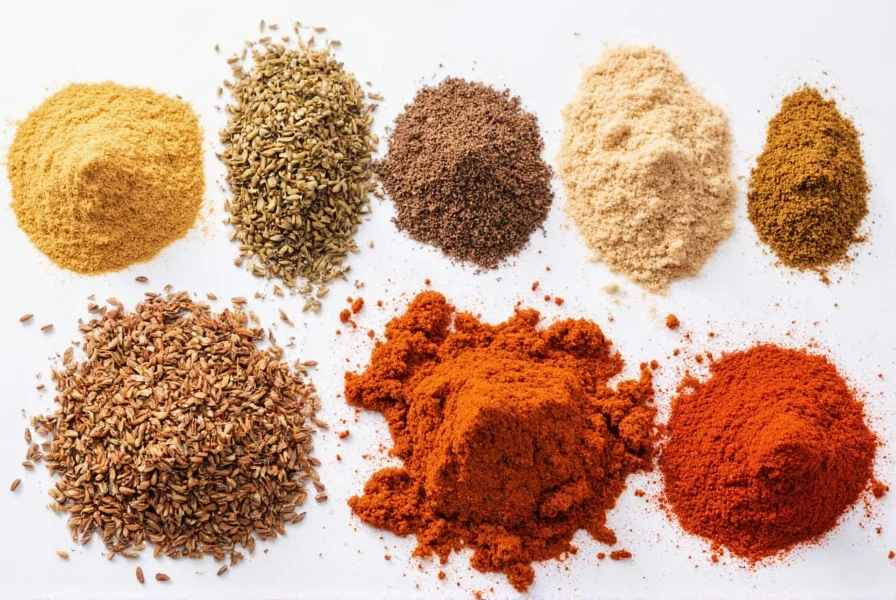There are only a few true spices that begin with the letter T. This guide covers the most common and authentic ones, including turmeric, thyme, tarragon, and tamarind. Each of these spices offers unique flavors and culinary uses that can elevate your cooking.
Table of Contents
- Turmeric – The Golden Wonder
- Thyme – Earthy & Aromatic
- Tarragon – The French Favorite
- Tamarind – Tangy & Sweet
- Tonka Bean – Sweet & Complex
- Frequently Asked Questions About T-Spices
- Buying Guide: Choosing the Best T-Spices
- Conclusion: Elevate Your Cooking with T-Spices!
Turmeric – The Golden Wonder
Turmeric is one of the most popular spices starting with T. Known for its vibrant yellow hue and earthy flavor, it's a staple in Indian cooking and has become a global health favorite thanks to its active compound, curcumin.
- Best used in curry dishes, rice, and golden milk lattes.
- Pairs well with black pepper to enhance absorption of curcumin.
- Available in ground form or as fresh root.

Thyme – Earthy & Aromatic
Thyme is a fragrant herb that adds depth and warmth to many savory dishes. Whether fresh or dried, thyme is a versatile spice that elevates everything from roasted meats to soups.
- Common in Mediterranean and Southern cuisine.
- Complements lemon, garlic, and olive oil beautifully.
- Beekeepers use it to strengthen hive immunity — talk about a multitasker!

Tarragon – The French Favorite
With its anise-like flavor, tarragon is a star player in French cuisine. There are two main types: French and Russian. French tarragon is preferred for its superior taste.
- Used in béarnaise sauce and classic vinaigrettes.
- Adds a sweet, licorice note to chicken and fish dishes.
- Best when added near the end of cooking to preserve flavor.

Tamarind – Tangy & Sweet
Tamarind is a tropical fruit that is used as a spice in many cuisines worldwide. Its pulp has a unique sweet and sour flavor that is essential in dishes like Pad Thai and Indian curries.
- Available as whole pods, paste, or concentrate.
- Key ingredient in Thai, Indian, and Mexican cuisines.
- Used in chutneys, sauces, and beverages for balanced acidity.

Tonka Bean – Sweet & Complex
Tonka beans are unique among spices starting with T due to their rich, vanilla-caramel aroma with hints of almond and cinnamon. Though banned in the US for commercial food use (due to coumarin), they're legal for personal use and adored by chefs worldwide.
- Perfect for desserts like custards, cakes, and ice cream.
- Adds complexity to cocktails and coffee.
- Use sparingly—very potent!
Frequently Asked Questions About T-Spices
What are the top health benefits of turmeric?
Turmeric contains curcumin, a powerful anti-inflammatory compound that may help reduce joint pain, improve brain function, and lower risk of heart disease. For maximum benefits, always pair turmeric with black pepper, which increases curcumin absorption by up to 2,000%.
How should I store thyme to maintain freshness?
Store fresh thyme in a damp paper towel inside a sealed container in the refrigerator for up to two weeks. Dried thyme should be kept in an airtight container away from light and heat, where it will retain flavor for 6-12 months.
What's the difference between fresh and dried tarragon?
Fresh tarragon has a more delicate, vibrant flavor and is best added at the end of cooking. Dried tarragon has a more concentrated, slightly sweeter taste and works well in long-cooking dishes like stews. Use 1 teaspoon dried for every tablespoon of fresh.
Is tamarind safe for people with diabetes?
Yes, tamarind may help regulate blood sugar levels due to its high fiber content and low glycemic index. However, consult your doctor before adding it to your diet if you have diabetes, as it may interact with medications.
Are tonka beans safe for home use?
Yes, when used in moderation. While tonka beans contain coumarin (which led to their commercial ban in the US), small culinary amounts (1/8 to 1/4 bean per recipe) are perfectly safe for home use. Their flavor is so potent that you need very little to achieve dramatic results in desserts and beverages.
Buying Guide: Choosing the Best T-Spices
| Spice | Features | Best Use | Recommended Brand |
|---|---|---|---|
| Turmeric | Organic, non-GMO, high curcumin content | Curries, smoothies, tea | Nature's Way Turmeric Curcumin |
| Thyme | Whole leaf, air-dried, no additives | Rubs, stews, roasted veggies | Simply Organic Thyme |
| Tarragon | Fresh or frozen preferred; avoid faded color | Dressings, sauces, seafood | McCormick Gourmet Tarragon |
| Tamarind | Whole pods or pure concentrate | Pad Thai, chutneys, beverages | Spice Islands Tamarind Paste |
| Tonka Bean | Natural, whole beans, strong aroma | Desserts, infusions, cocktails | Maison Tonka Premium Beans |
Conclusion: Elevate Your Cooking with T-Spices!
Exploring true spices beginning with T opens up a world of flavor possibilities. Whether you're craving the warmth of thyme, the brightness of tarragon, or the tangy sweetness of tamarind, these authentic spices can transform your dishes.
So, grab your apron, dust off your spice rack, and let your inner chef go wild with these tantalizing options. After all, the journey of a thousand meals begins with a single sprinkle!











 浙公网安备
33010002000092号
浙公网安备
33010002000092号 浙B2-20120091-4
浙B2-20120091-4